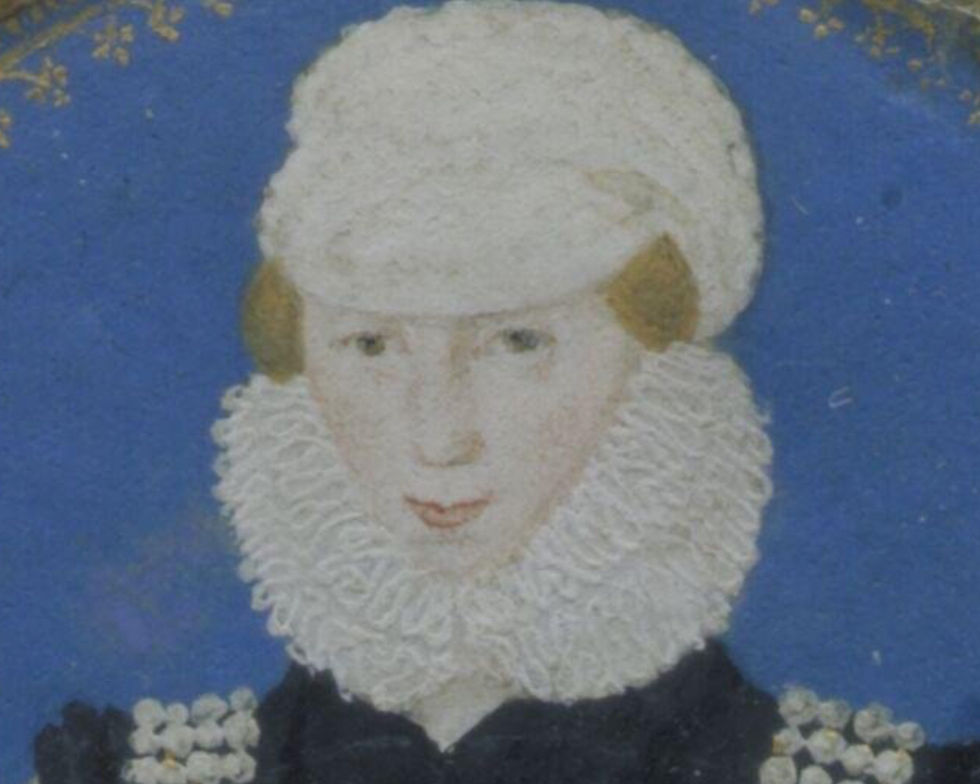ON THIS DAY - 13 May 1515
- thedudleywomen
- May 13
- 3 min read
On This Day (13 May) in 1515, at Greenwich, the public marriage took place between Charles Brandon, 1st Duke of Suffolk and the king's sister Mary Tudor, Dowager Queen of France, two months after their secret marriage in Paris, France.

Charles Brandon had been brought up in the court of Henry VII; he was only surviving son of Sir William Brandon, the king's standard-bearer at Bosworth, his father losing his life on that battlefield in August 1485, shortly after his youngest son's birth. Despite being approximately 6 years older, Brandon grew to become a close friend, confident and 'favourite' of the younger Prince Henry. When Henry VIII ascended the throne in 1509, Brandon's fortunes also rose with his friend; he was initially given positions within the royal household, later being made Master of Horse in 1513, and later promoted to the Dukedom of Suffolk in 1514.
As part of a peace treaty with France, Henry's younger sister, 18-year old Mary was married to the aging French King Louis XII on 09 October 1514, at Abbeville, northern France. Mary had been accompanied to France by a ladies-in-waiting, including a young Mary Boleyn, who was fluent in French, having been taught by her father, Thomas Boleyn, who would later be appointed as the Ambassador to France. This marriage lasted less than three months, as 52-year old Louis died on 01 January 1515. Mary subsequently retreated to the Hôtel de Cluny, a private townhouse in Paris, where she entered isolation, and wearing the tradition white mourning gowns, ensuring that she was not pregnant with the late king's child.
![Hôtel de Cluny [now Musée de Cluny], Paris © Secrets of Paris](https://static.wixstatic.com/media/ed9b82_a9484bf316e94eb8a7357d07c8cd460b~mv2.jpg/v1/fill/w_980,h_628,al_c,q_85,usm_0.66_1.00_0.01,enc_avif,quality_auto/ed9b82_a9484bf316e94eb8a7357d07c8cd460b~mv2.jpg)
Henry immediately sent his trusted-friend Suffolk to France to accompany the newly-widowed Mary back to England, with a pledge to not propose marriage, being aware of a previous attachment between the couple prior to her arranged marriage. Henry had his own plans to arrange another political union for Mary, as too did the new French king, François I. Despite his previous loyalties, following his arrival in Paris, Suffolk was encouraged by Mary to abandon his promise to his friend. The couple were subsequently married in secret on 03 March 1515, in the private chapel at the Hôtel de Cluny, with only ten witnesses in attendance, including François I.

News of the couple's union and consummation reached the Privy Council; Suffolk had committed treason by marrying a Royal princess without the consent of the king, and the council demanded his imprisonment, and even some his execution. However, the years of love and loyalty went in the couple's favour, and following intervention from Henry and Thomas Wolsey, Archbishop of York, they were instead heavily fined: a total of £24,000 (over £7,000,000 in today's money) in instalments (which Henry would later agree to reduce), with Mary also agreeing to handover previously gifted jewels and plates. Suffolk also renounced his wardship of Elizabeth Grey, Viscountess Lisle, as well as the honorary title of 'Viscount Lisle' he had adopted in anticipation of his marriage to his young ward.
Being satisfied with this compensation, the couple were forgiven by Henry, and subsequently returned to England in early May 1515, where they were 'warmly received' by him. In order to ensure that their marriage was legally recognised in England, a public ceremony was held on 13 May 1515, at the Church of the Observant Friars, located next to Greenwich Palace (also known as the 'Palace of Placentia'), where celebrations continued after the ceremony. In contrast to the earlier smaller secret service, this was a much larger affair, and was conducted in the presence of Henry and his wife Catherine of Aragon, this being the same location as their own marriage which took place six years earlier.





Comments